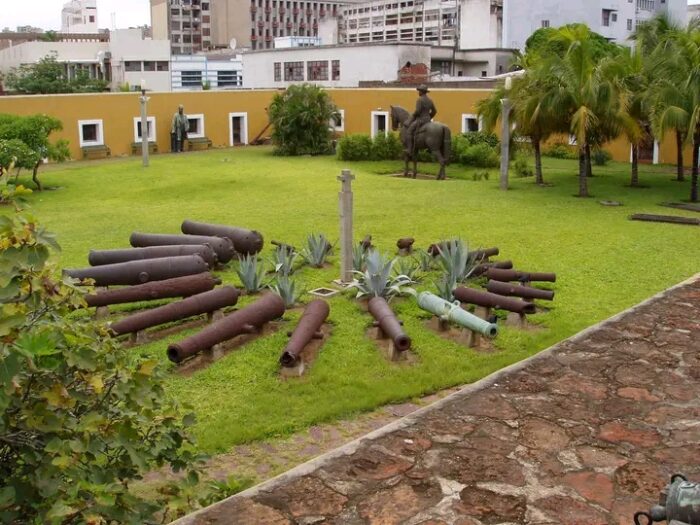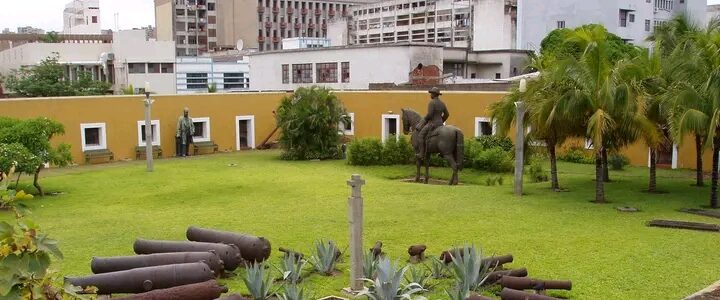
In the heart of the bustling city of Maputo, the Fortress of Nossa Senhora da Conceição stands tall, a silent witness to the complex histories that have shaped Mozambique.
More than a simple monument, the fortress serves as a true guardian of memory, connecting the present to the country's colonial and military past. Walking along its walls, one cannot help but feel the weight of the battles fought, the agreements made, and the resilience that passed through there.
Built by the Portuguese in the late 18th century, the Fortress of Maputo has witnessed clashes between empires, invasions, and social transformations. Originally erected to protect the city from pirate attacks and other maritime threats, the structure has undergone many modifications over the years, becoming an architectural and historical icon.
Upon entering its walls, visitors are transported to another era. Its typically military architecture, with thick stone walls and cannons pointed toward the sea, visually reminds one of the colonial past. In the center, the fortress’s courtyard houses the tomb of Ngungunhane, the famous emperor of Gaza, who was captured by Portuguese troops in the late 19th century.
Today, the Fortress of Maputo is not only a historical relic; it also hosts a museum where visitors can learn more about Mozambican resistance and the impact of colonialism on the region. Exhibitions of military artifacts, ancient maps, and sculptures take visitors on a journey through the centuries, revealing events that have shaped the country.
In addition to its historical significance, the Fortress of Maputo is also a cultural gathering point. The site is often used for art exhibitions, cultural events, and festivals, drawing the population closer to its history. For the residents of Maputo, the fortress is more than a reminder of the colonial past; it is a symbol of identity and strength.
The Fortress of Maputo continues to stand as a sentinel of the past, silently observing the growth and transformation of the city around it. For history enthusiasts or anyone curious about the roots of Mozambique’s capital, it is a place not to be missed. In every corner, every wall, there is a story waiting to be told—stories that have shaped not only Maputo but an entire nation.
(By Rafael Langa)







